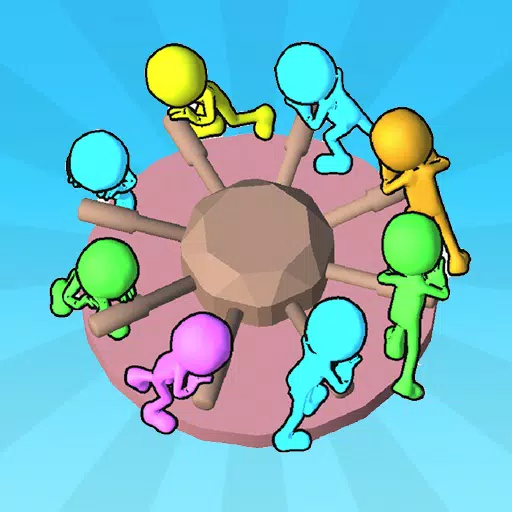After months of intense speculation, rumors, and leaks, Nintendo finally unveiled the Switch 2 through its own Direct presentation. Not only did we get trailers for exciting new games like Mario Kart World, Donkey Kong Bonanza, and even Nintendo GameCube exclusives for Switch 2 Online, but we also received a detailed look at the system itself. From an accessibility perspective, the Switch 2 is a significant upgrade over its predecessor in nearly every way.
Several months ago, I explored my accessibility predictions for Nintendo's latest console. I hoped for more robust accessibility offerings, better utilization of Joy-Con controllers, and unique inclusive design practices. To my delight, Nintendo not only met these expectations but also exceeded them with additional features. Let's dive into the confirmed accessibility enhancements of the Switch 2.
New Accessibility Settings
The Direct didn't reveal much about specific accessibility options, aside from fully customizable controls for each virtual GameCube game, which align with the system settings. However, Nintendo released a dedicated accessibility page outlining a range of returning and new features.
Fully customizable controls make a return, functioning similarly to the original Switch. The ability to adjust text size to three different variants is back, now enhanced with options for High Contrast and customizable display colors. The Zoom functionality, crucial for blind/low vision players, also returns. Yet, the most significant addition is the new "Screen Reader" setting.
Blind/low vision individuals often rely on Text-to-Speech to navigate menus and settings. Although the Screen Reader is limited to the HOME menu and system settings, it's a vital tool that enables disabled players to navigate the Switch 2 independently. Users can choose different voices, adjust read speeds, and control volume levels. While we await details on whether individual games will support these tools or offer their own accessibility features, Nintendo's commitment to its disabled audience is clear and promising.
Innovative Design
Outside of specific menus, Nintendo introduced an inclusive tool that enriches a beloved franchise while significantly improving cognitive, physical, and blind/low vision accessibility. Within the revamped Nintendo Switch App, the "Zelda Notes" feature serves as a companion app for Breath of the Wild and Tears of the Kingdom. The Navigation option helps players locate shops, points of interest, and elusive Korok seeds through a GPS-like interface. The app includes audio cues and voices to guide players to their desired locations, easing navigation for blind/low vision players and reducing cognitive overload across the vast game world.
For cognitive, blind/low vision, and physically disabled players, the Autobuild Sharing tool within the app allows sharing of custom Zonai tech creations. By scanning a QR code, disabled players can automatically build Zonai machines if they have the required materials. This feature was particularly helpful for me, as I struggled with the complex control layout and button inputs needed to build Zonai machinery in Tears of the Kingdom. Now, I can focus on gathering materials rather than the construction process itself. These features embody Nintendo's inclusive design philosophy, which I've consistently praised.
Additionally, the Item Sharing feature allows disabled players to share items with one another through QR codes, reducing the physical strain of constantly searching for weapons and food. While these enhancements don't make Breath of the Wild and Tears of the Kingdom fully accessible, they represent a significant advancement.
Wheelchair Sports
The most surprising announcement was Drag X Drive, a Rocket League-inspired game where players control characters in manual wheelchairs on a basketball court. This not only showcases proper disability representation but also highlights one of the Switch 2's new hardware features—mouse control.
By flipping the Joy-Con on its side, players can move the controller across any surface, mimicking a computer mouse. Although the required force to move the cursor remains unclear, this new control method undoubtedly offers accessibility benefits for a wide range of disabled players. It's exciting to consider how Nintendo will further utilize this feature, adding to the diverse controller types already available on the Switch and Switch 2. Nintendo's continued innovation in controller usage is commendable.
As a devoted Nintendo fan, I'm thrilled about the Switch 2. While the price tag of around $450 gives me pause, my love for gaming started with Nintendo. Each new system brings exciting accessibility enhancements, demonstrating Nintendo's ongoing commitment to accessibility and inclusive design. Though Nintendo hasn't yet introduced a first-party accessible device like the Xbox Adaptive Controller or PlayStation Access Controller, it's making strides in unique ways to support disabled gamers. Coupled with Nintendo's recent collaboration with other developers to establish standardized accessibility tags, I'm confident that Nintendo will continue to elevate accessibility standards.








